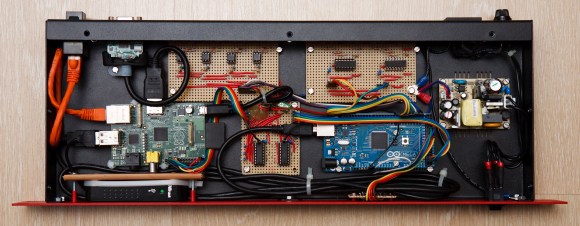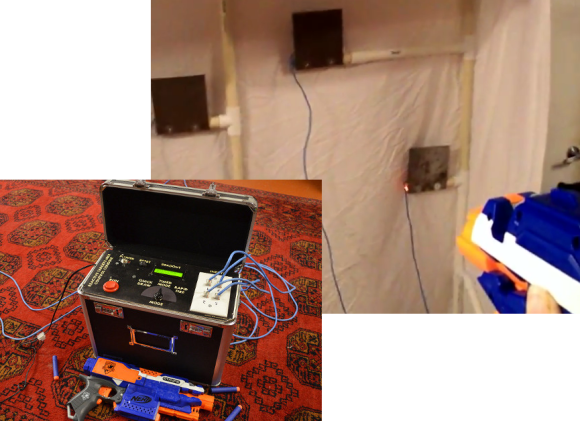
Over at the Artisan’s Asylum hackerspace in Somerville, MA, something terrifically awesome is happening. They’re building an 18-foot diameter, 2-ton ridable hexapod that can walk over a car. It’s called Project Hexapod and they need your help.
Over the last year or so, the team behind Project Hexapod has developed an amazingly inexpensive hydraulic control system for each of the six legs and created a 1:1 model of the leg fastened to a wheeled cart to get the kinematics down pat. Now, with thousands of pounds of steel already watercut for the legs, they’re turning to the community for a little help with the welding.
The Project Hexapod team estimates they have about 1100 hours of welding time in front of them. They’re looking for a few people around the Boston area that are familiar with steel fabrication and are willing to work on a two-ton robot that can walk over a Volkswagen Beetle.
The guys have put up a little application form if you meet those basic requirements. You can also check out their Facebook page for any announcements and a whole lot of pictures.

















